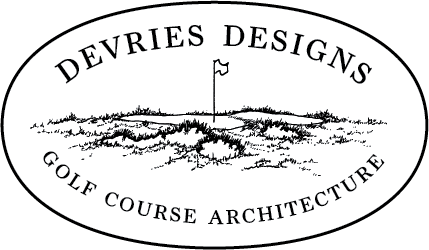Golf Australia released it’s ranking for 2020, placing Cape Wickham at #2 behind Royal Melbourne!
See the full list of rankings here.
2. CAPE WICKHAM LINKS
King Island, Tasmania
Designers: Mike DeVries & Darius Oliver (2015).
Average points: 98.89
2018, 2016, 2014, 2012 rankings: 2, 2, 2, 3.
Judge's comments: “Now fully grown in, Cape Wickham is putting a great case forward to be included in the argument as the best course in Australia. The firm fully fescue surfaces make it the best conditioned course in the country, especially around the green sites where every club in your bag is an option to play short game shots with. It has Australia’s best opening and closing holes now, and everything else in between is subtle, fun and rewarding to play – all in a spectacular setting.” – Rich Macafee.
“A very well-designed course that unfortunately doesn’t get as much recognition for its architecture as it deserves due to its spectacular setting, which is all you can talk about after a round at Cape Wickham.” – DJ Loypur.
“Cape Wickham is a bit of an enigma. On a good day it is close to the best course in the country with some of the most spectacular holes and scenery you will find anywhere in the world. The routing maximises what is a stunning backdrop. On other days when the wind really blows it is unplayable. Everyone should play Wickham at least once, hopefully when the weather contributes to the experience.” – Brian Walshe.
“Absolutely sensational course. Routing ensures scenic views and conditions come into play for most of the round. Wide fairways with a great deal of strategy throughout most of the course. Best finishing hole in Australia, although not a big fan of 9 & 10.” – Carl Murphy.
“Cape Wickham is wide, elastic, and understated in most parts. The sensible and sophisticated design accommodates the diverse and sometimes strong winds. Shot after shot is thrilling and the course is visually spectacular. The fescue surfaces are a joy to play off and have improved with age.” – Matt Mollica.




